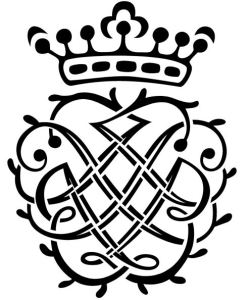Joseph-Nicolas-Pancrace Royer
Premiere Livre de Pièces de Clavecin
Mie Hayashi, harpsichord
Resonus Classics RES10236. 65’11

Joseph-Nicolas-Pancrace Royer (1703-1755) was an Italian born keyboard player who moved to Paris in his early 20s where he soon rose up the musical ladder. His first steps were as the maître de musique des enfants de France, directing the musical education of Louis XV’s children. He directed the Concert Spirituel along with Mondonville and worked at the Paris Opéra, where his best known opera was the ballet héroïque Zaïde, reine de Grenade. In 1753 he became director of the chambre du roi and the orchestra of the Royal Opera.
This recording is of his complete Premier livre de pièces de clavecin of 1746, the 14 pieces revealing the wide range of moods and emotions of French harpsichord music in the mid-18th century. In similar vein to French organ music of the period, the general assumption, not without good cause, is that the music peaked in the decades around 1700. The instrument continued their development into the 18th-century,, while the music generall took a downward trajectory in terms of taste.
The 14 pieces include a lively pair of Tambourins, A beautifully elegant L’Aimable, the wonderfully disorienting Rondeau Le Vertigo and Royer’s best-known piece La Marche des Scythes.
Mie Hayashi plays with a delightful sense of the ebb and flow of the music and a subtle use of rhythmic infections. She avoids the tendency to overdo the more dramatic moments in music like this, allowing the harpsichord to speak its natural voice. She plays an Andrew Garlick copy of a 1749 double-manual Jean-Claude Goujon instrument which fits the date precisely and the musical timbre with equal perfection.
David Ledbetter provides well-written programme notes with, joy of joy, the pieces described in the order in which they are played – a lesson for all programme note writers. The score is available online in its original format (with an alarming number of different clefs) and in modern notation.
More information, and a link to the album booklet can be found here.
